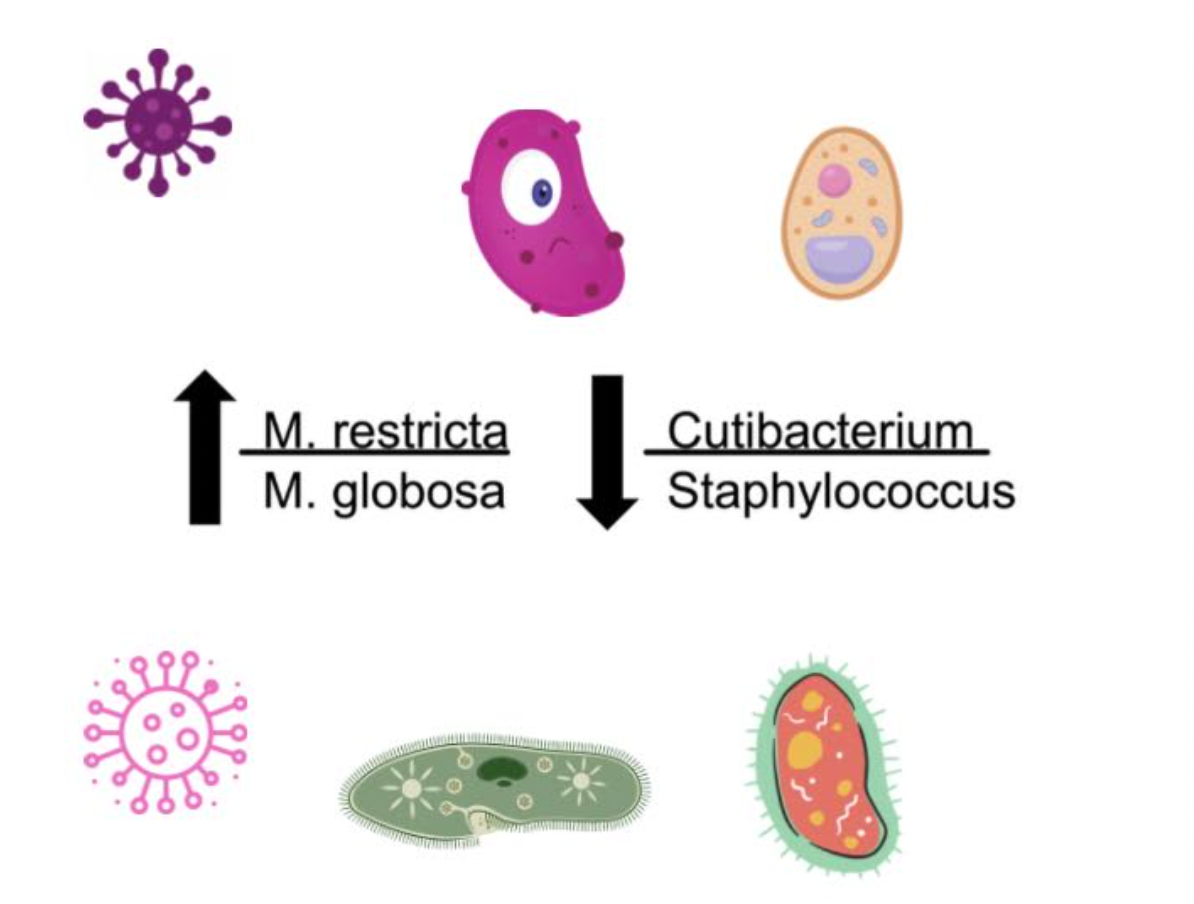Changes in the Skin Microbiome in Seborrheic Dermatitis
More Malassezia restricta, Less Cutibacterium and More Staphylococcus Define the Microbiome Change in Seborrheic Dermatitis
Seborrheic dermatitis is a common inflammatory skin and scalp condition that is closely related to dandruff. About 2-5 % of the world has seborrheic dermatitis (SD) and up to 20-50% of the world has dandruff.
It is increasingly clear that changes in many parts of the scalp microbiome including changes in the distribution of fungi and bacteria on the scalp are involved in the pathogenesis of seborrheic dermatitis.
A recent systemicatic review by Tao et al published in Expertimental Dermatology examined all studies published over the past 20 years that examined how scalp bacteria and fungi change in patients with seborrheic dermatitis. They authors identified 12 studies with with a total of 706 seborrheic dermatitis/dandruff samples and 379 healthy controls without seborrheic dermatitis.
Overall, the authors showed that seborrheic dermatitis was associated with an increase in the Malassezia restricta to Malassezia globosa ratio (ie fungal changes) and a decrease in the Cuteribacterium to Staphylococcus ratio (ie bacterial changes) Increased presence of Staphylococcus was associated with increased transepidermal water loss and increased pH. Elevated levels of skin Malassezia correlated with itching scores and disease severity.
REFERENCE
Tao et al. Skin microbiome alterations in seborrheic dermatitis and dandruff: A systematic review. Experimental Dermatology 2021;
This article was written by Dr. Jeff Donovan, a Canadian and US board certified dermatologist specializing exclusively in hair loss.


